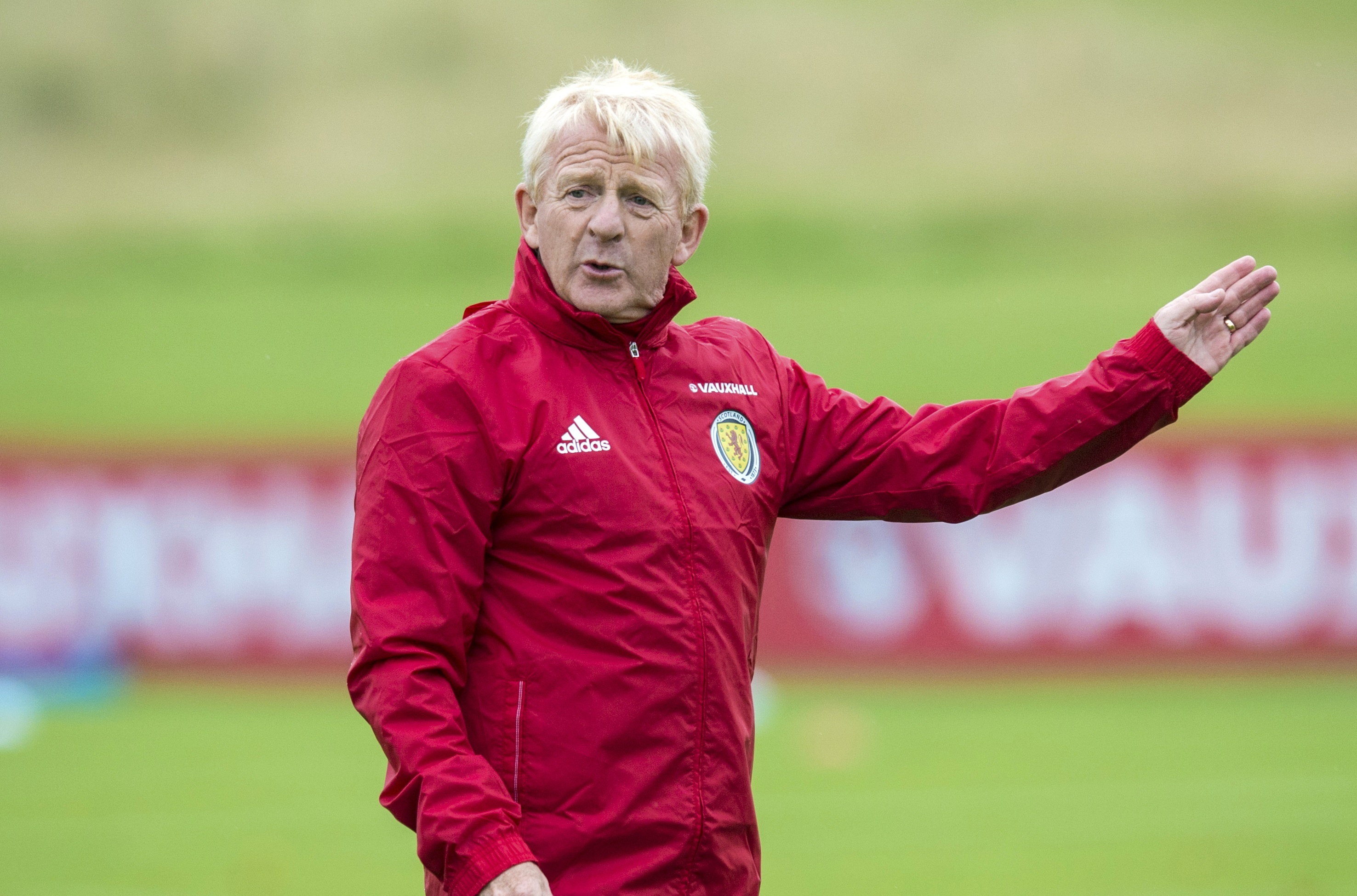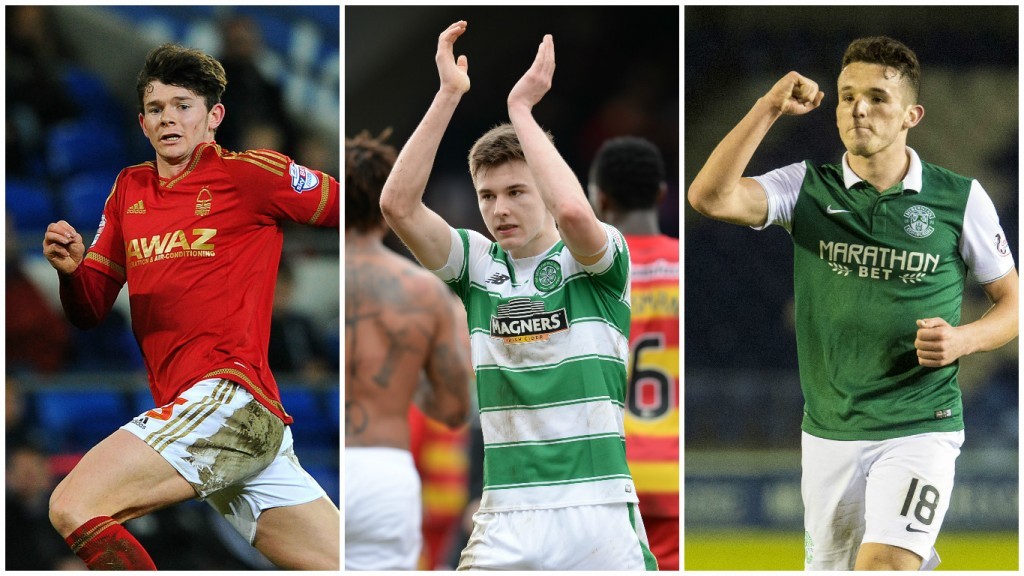
A first-time invitation to join the national team – a career-defining shot at glory on the biggest stage around.
For all who answer it, it’s a dream come true. But for many of those honoured with an international nod, the chance to make an impact will prove to be one they can’t take.
Whether it comes down to ability, timing, illness, injury, or any number of minute, impossible-to-mitigate factors, almost half of Scotland debutants in the post-Craig Brown era have gone on to win five caps or fewer.
That’s 54 out of 115 first-timers whose fairytale rise to the highest pinnacle of Scottish football was followed by a plunge back to earth.
For the six new faces, and three uncapped returnees, picked by Gordon Strachan to face the Czech Republic and Denmark, those are the facts.
The question is – who amongst them will stand up and be counted?
Strachan’s decision to name two separate squads for these friendly clashes has been questioned – and so has their constituents.
The inclusion of so many uncapped players was a major surprise, whilst the omission of more experienced heads like Jordan Rhodes and Ross McCormack has ben a heated talking point.
Strachan was combative when questioned on the subject. But when you examine his track record, the queries make perfect sense.
In the Scotland boss’s 25 games in charge, only 11 players have been granted a national team debut – a ratio that makes him by far the choosiest Scotland boss of the
last decade-and-a-half.
His predecessors weren’t just more generous. Some of them were charitable to the point of folly.
Craig Levein blooded 23 new players in his 24 games as Scotland boss, while George Burley was even more accommodating, handing out 19 first caps in his 14 matches in charge.
Alex McLeish only had 10 games at the helm, but he still gave debuts to six players after Walter Smith had honoured 12 in his 16 matches at the helm.
Then there’s Berti Vogts . . .
The German’s ludicrous use of 39 debutants in 32 games between 2002 and 2004 still stands as a grim reminder of a time when it seemed anyone with two legs and a Scottish granny had a legitimate chance of being called up.
Vogts’ scattergun approach even prompted the late, great Tommy Burns – his assistant, let’s not forget – to opine that he was dishing out caps like sweeties.
By contrast, Strachan has guarded them like treasures.
There’s an argument to be made that stability is a key component of success, that chopping and changing leads only to confusion.
So far, Strachan appears to have been a subscriber to those ideas, particularly in relation to his defence.
But everything points to the time being right to make changes, especially if we harbour serious ambitions of making the World Cup in 2020.
Strachan has already pointed out more than a few reasons for picking two squads – the ever-increasing age of his squad, the lack of depth beneath its top layer, and even its stature, relative to our competitors.
But there is another reason why Scotland need to experiment with new faces.
Of the 11 players so far granted a debut during Strachan’s time in charge, only five have won more than five caps – Ikechi Anya, Gordon Greer, Andy Robertson, Chris Martin and Matt Ritchie.
Of the other six, only one – Liam Bridcutt – is involved in either current squad this time, leaving five who, for reasons including injury and loss of form, are currently out of the picture.
Using the five-cap threshold as a barometer of player-identification success, that leaves Strachan with a hit rate of just 45% – the lowest of all national bosses from Vogts to the present day.
The solidity of the incumbent players in Strachan’s team, rather than any reluctance to change on his part, is the reason for that.
But, as he has acknowledged himself, time is marching on for many of his tried-and-trusted troops.
As a result, building a Scotland team for the future now requires the manager to start giving more players their debuts. There is simply no other way.
For those selected for the matches against the Czech Republic and Denmark, at best they could claim a long-term place in the Scotland dressing-room. At worst, they’ll take home a memory to treasure forever.
All we can do is hope that they seize the chance that Gordon Strachan has given them.
READ MORE
Gordon Smith: Andrew Robertson is the perfect role model for young Scots footballers

Enjoy the convenience of having The Sunday Post delivered as a digital ePaper straight to your smartphone, tablet or computer.
Subscribe for only £5.49 a month and enjoy all the benefits of the printed paper as a digital replica.
Subscribe